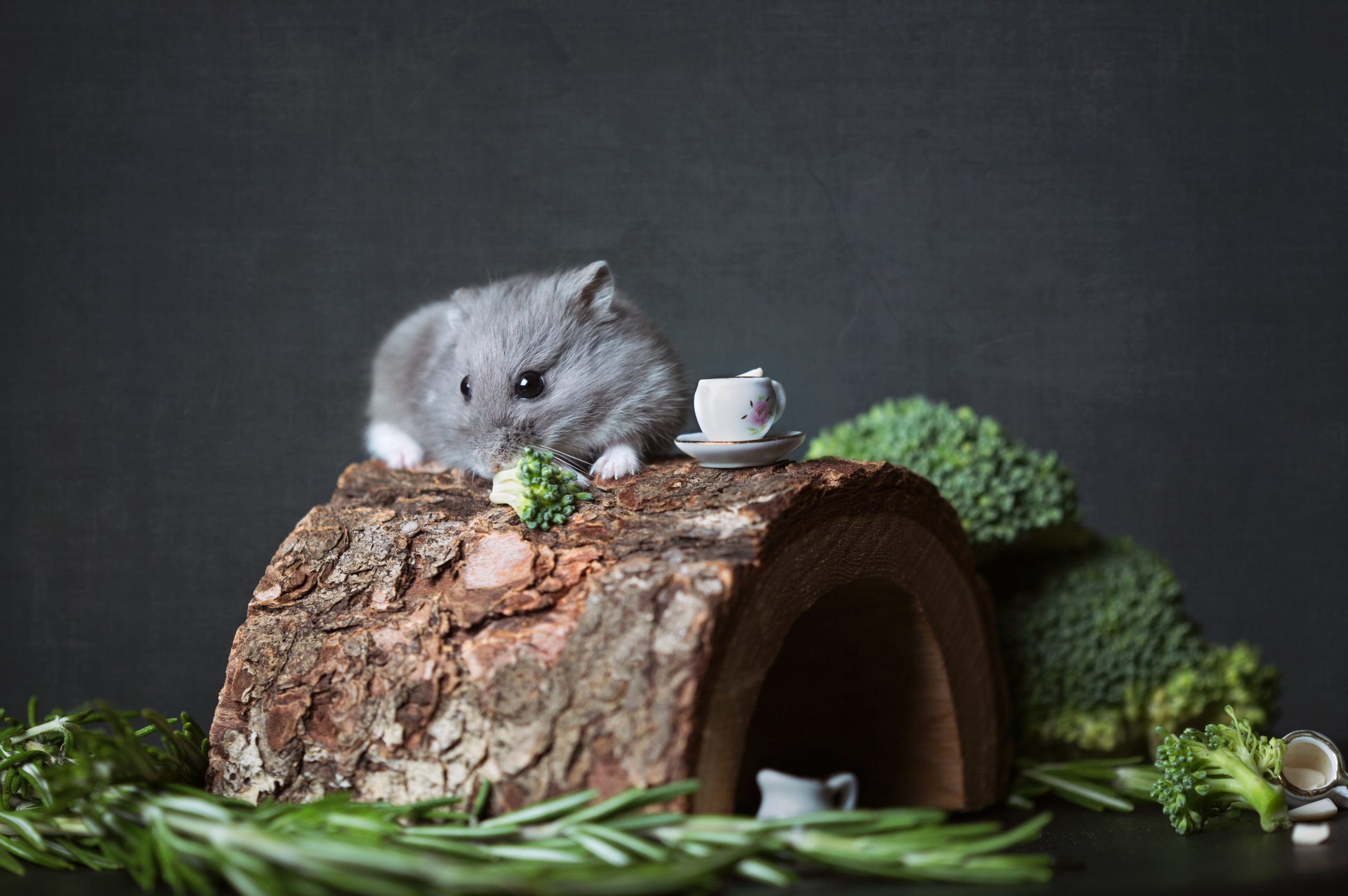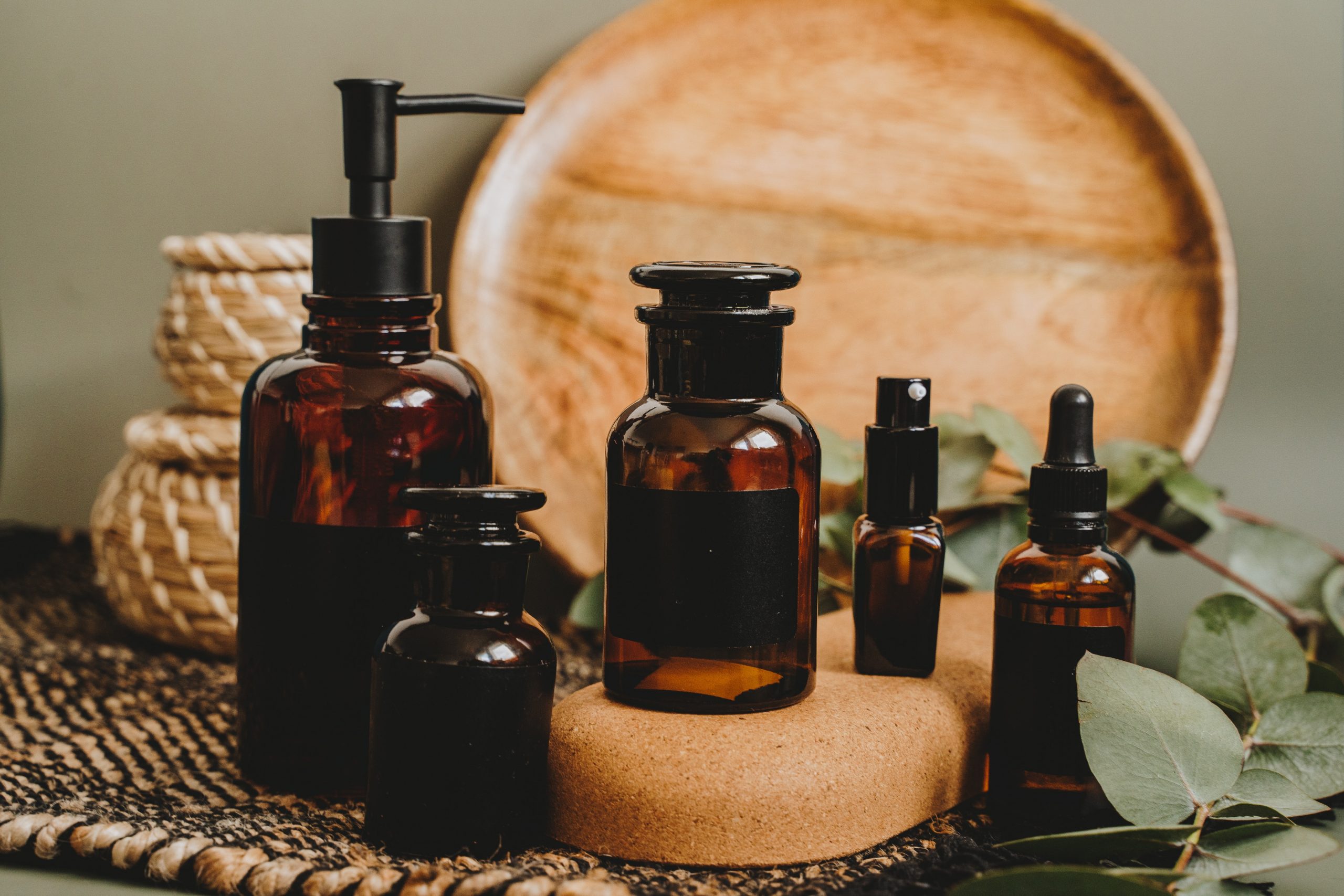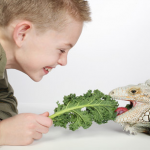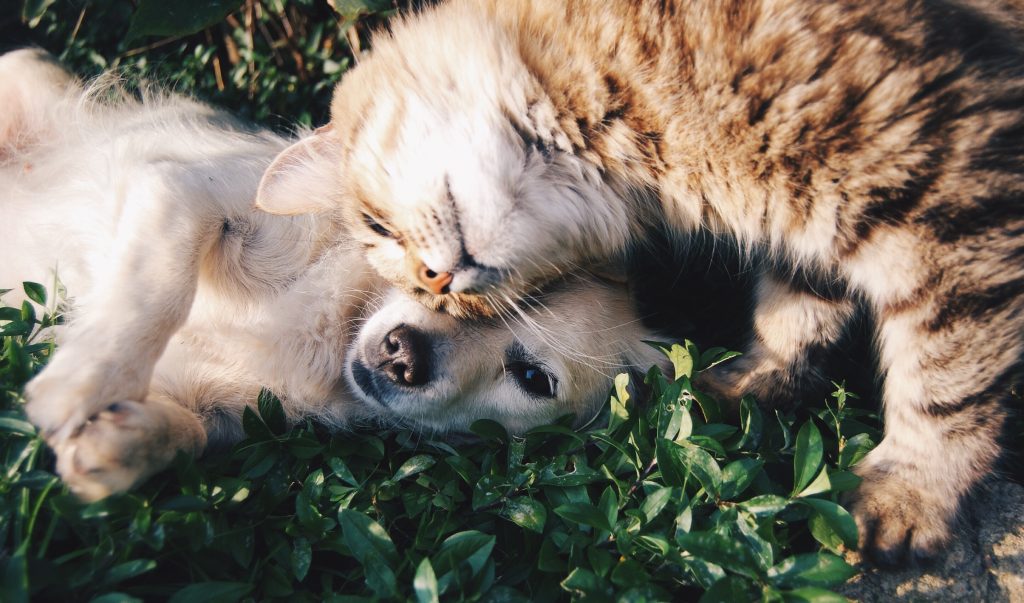
The Benefits of Homemade Pet Food
Whether you are a new pet owner or have had pets for years, this article will provide you with important background information to help you better understand the advantages of preparing food at home for your pets.
Homemade Pet Food – Why it is so Beneficial
Feeding homemade pet food to your furry friend has many benefits, making it a healthier and safer option than commercial pet food.
Ingredient Selection
Allows you to select high-quality fresh natural ingredients which ensures your pet receives nutritious and wholesome meals.
With commercial pet food, it is hard to determine exactly what is in the food, but with homemade food, pet owners have full control over what goes into their pet’s diet. In addition, you have the ability to eliminate artificial additives, preservatives and fillers which are often added to commercial pet food. This helps to keep pets healthy and away from unhealthy packed foods.
Customization to Individual Dietary Needs
Homemade food allows you to tailor your pet’s diet to address any specific dietary restrictions or allergies. You can also adjust the portion sizes based on your pet’s age, health conditions and their activity level, which is especially helpful for pets who are overweight.
Freshness and Flavour
Homemade pet food can be more appealing to pets due to its freshness and natural flavours, encouraging picky eater to be more prone to eat their food. You can also introduce a variety of proteins, vegetables and grains to keep your pet’s diet interesting and varied.
Cost Savings
Another advantage of homemade pet food is its cost-effectiveness. Many pet owners have realized that a significant part of their earnings goes towards purchasing commercial pet food items. Homemade pet food is a cheaper alternative that can save pet owners money in the long run. Providing a well-balanced diet may contribute to the overall health of your pet, reducing the need for a visit to the vet.
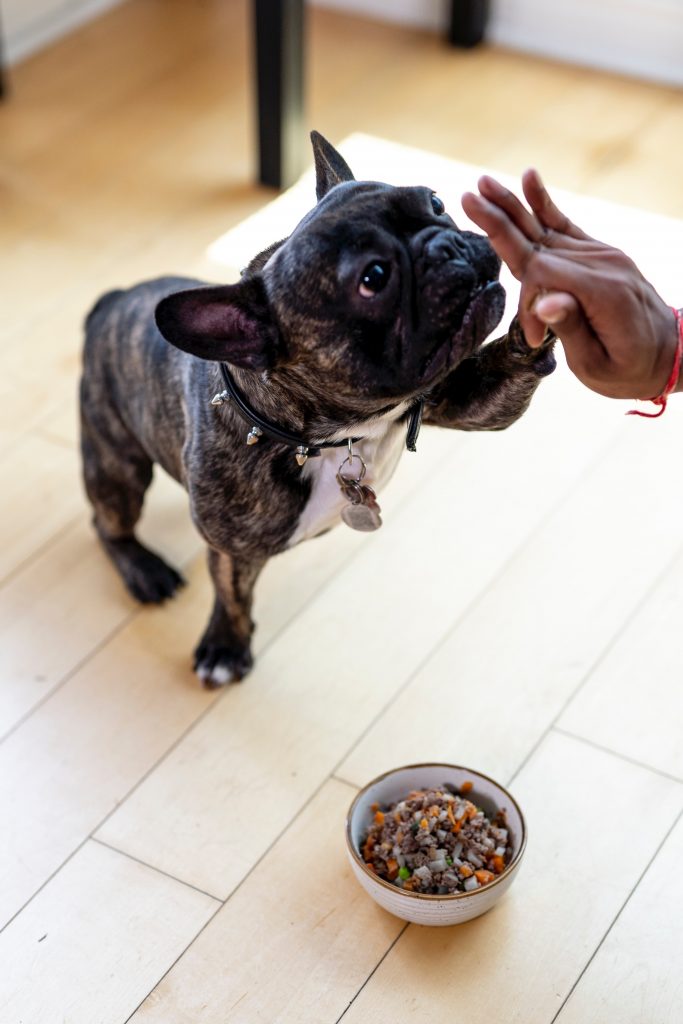
Reduced Risk of Contaminants
Preparing pet food at home minimizes the risks of contamination or recalls often associated with commercially bought food. You are controlling the ingredients which reduces the risk of exposure to harmful substances.
Improved Digestion
Making your own pet food usually means less processing which in turn means your pet is often able to digest the food better. Fillers which are often present in commercial pet food do not need to be added.
Bonding Experience
Preparing food for your pet provides a bonding experience between you and your pet. Many pet owners find preparing meals for their pets an enjoyable task, especially those who love to cook. It is a much healthier and effective solution if you want your pet to stay fit and happy.
The Importance of a Balanced Diet
When considering the ingredients for your pet’s food, it’s important that you understand the essential nutrients which must be included for their overall health and well-boing. Here’s a breakdown of the essential nutrients the food you make should provide.
Protein:
Function: Proteins are the building blocks of tissues, muscles, enzymes, and hormones. They play a vital role in maintaining a pet’s overall structure and function.
Importance: Adequate protein intake is crucial for muscle development, immune function, and maintaining a healthy coat and skin.
Sources: Protein sources in pet food can include meat, poultry, fish, eggs, and plant-based alternatives.
Fats:
Function: Fats provide a concentrated source of energy and are essential for the absorption of fat-soluble vitamins (A, D, E, and K).
Importance: Fats contribute to healthy skin and coat, support the nervous system, and play a role in maintaining cell structure.
Sources: Healthy fat sources include animal fats, fish oil, vegetable oils, and fats from whole foods like eggs.
Carbohydrates:
Function: Carbohydrates are a primary source of energy for pets. They also contribute to digestive health and can aid in nutrient absorption.
Importance: While not as crucial as for humans, carbohydrates provide a source of readily available energy for active pets.
Sources: Carbohydrates can come from grains (rice, oats), vegetables, and fruits.
Vitamins:
Function: Vitamins are essential for various physiological functions, including immune response, vision, and bone development.
Importance: Each vitamin has a specific role, and a deficiency can lead to health issues. For example, Vitamin C is important for guinea pigs, while Vitamin D is crucial for calcium absorption.
Sources: Vitamins are found in a variety of foods, and a balanced diet should cover the pet’s vitamin requirements. Some pets may require supplements, especially in special circumstances.
Minerals:
Function: Minerals are critical for bone health, nerve function, and fluid balance. They also play a role in enzyme function and blood clotting.
Importance: Calcium and phosphorus are essential for bone health, while minerals like iron and zinc are important for overall well-being.
Sources: Minerals are present in a variety of foods, and a balanced diet with meat, vegetables, and grains can meet mineral requirements.
Balancing these nutrients in a pet’s diet is essential to support their growth, energy levels, and overall health. However, it’s crucial to tailor the diet to the specific needs of the pet, considering factors like age, breed, and any existing health conditions. Regular consultations with a veterinarian ensure that the pet’s nutritional requirements are met for optimal health and longevity.
Tips on Transitioning to Homemade Pet Food
Transitioning to homemade pet food requires a gradual approach to ensure your pet adjusts well and receives balanced nutrition. Here are some tips to make the transition smoother:
Consult Your Veterinarian:
Before making any changes, speak to your regular vet. They can guide you on the specific nutritional needs of your pet and offer advice on transitioning.
Start Gradually:
Introduce homemade food slowly by mixing it with your pet’s current commercial diet. Start with a small percentage of homemade food and gradually increase it over a week or two.
Monitor Your Pet’s Response:
Watch for any changes in their bowel movements, or any allergic reactions. If your pet experiences diarrhea, vomiting, or other adverse effects, consult your veterinarian immediately.
Maintain Balance:
Ensure the homemade diet is nutritionally balanced. Include a variety of protein sources, vegetables, and grains. Seek guidance from your vet or a pet nutritionist to create a well-rounded diet.
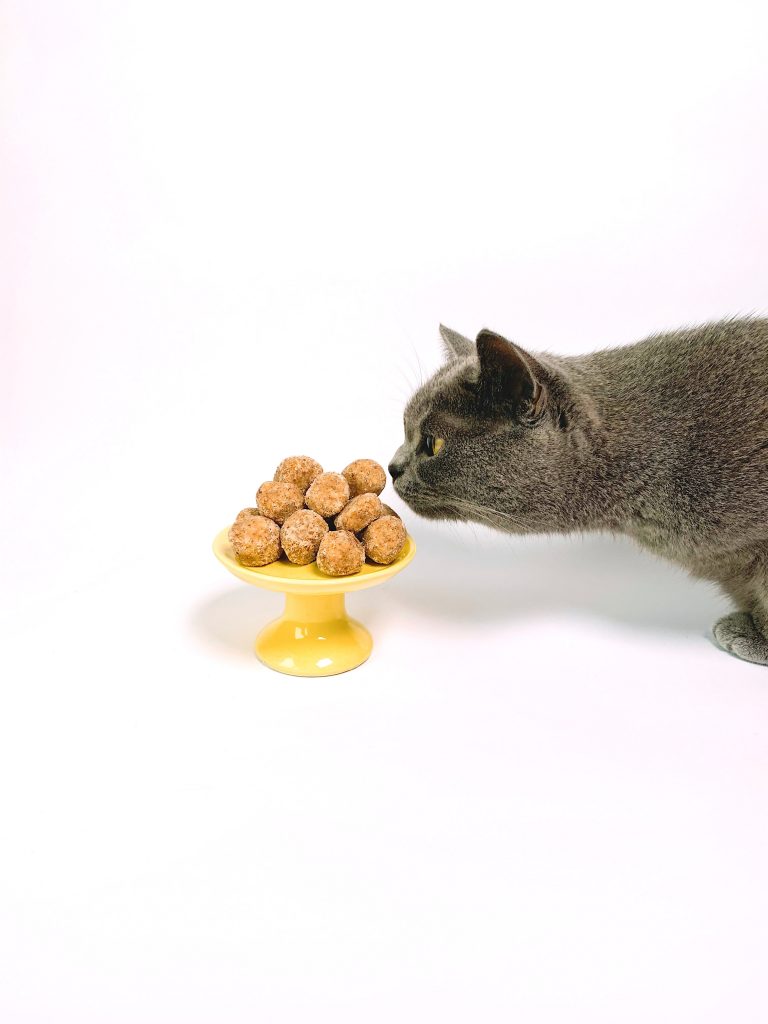
Consider Supplements:
Depending on your pet’s needs, your veterinarian may recommend specific supplements. Common supplements include omega-3 fatty acids, calcium, and vitamins.
Keep It Simple:
Start with simple recipes and gradually introduce new ingredients. This helps you identify any specific allergies or sensitivities your pet may have.
Use High-Quality Ingredients:
Choose high-quality, fresh ingredients to provide optimal nutrition. Ensure meats are cooked thoroughly to eliminate the risk of harmful bacteria.
Maintain Portion Control:
Homemade diets can be calorie-dense, so be mindful of portion sizes. Adjust the quantity based on your pet’s weight, age, and activity level.
Stay Consistent:
Once you’ve transitioned to a homemade diet, maintain consistency in feeding schedules and ingredients. Sudden changes can lead to digestive issues.
Regular Veterinary Check-ups:
Schedule regular veterinary check-ups to monitor your pet’s overall health and nutritional status. Adjust the homemade diet as needed based on your veterinarian’s recommendations.
Hydration is Key:
Ensure your pet has access to fresh water at all times. Homemade diets may have varying moisture content, so proper hydration is essential.
Be Patient:
It may take time for your pet to fully adjust to the new diet. Be patient and observe their behavior, appetite, and well-being during the transition.
Remember, every pet is unique, and their nutritional needs may vary. Tailor the homemade diet to suit your pet’s individual requirements, and consult with your veterinarian for ongoing guidance and support.
Common Mistakes When Preparing Homemade Pet Food
Whilst it’s great that you’ve decided to make your own pet food, it is important that you are aware of some pitfalls that you may face and take steps to avoid them to ensure you are providing a nutritional diet for your pet. We have covered some of these below.
Incomplete Nutrition:
Mistake: Not providing a balanced and complete diet, leads to nutritional deficiencies.
Advice: Consult with a veterinarian or a pet nutritionist to formulate a well-balanced recipe that meets your pet’s specific needs.
Lack of Variety:
Mistake: Offering the same limited ingredients repeatedly, potentially leading to nutrient imbalances.
Advice: Introduce a variety of proteins, vegetables, and grains to ensure a diverse range of nutrients. Rotate ingredients to prevent monotony.
Ignoring Specific Dietary Needs:
Mistake: Neglecting to consider breed-specific, age-specific, or health-specific dietary requirements.
Advice: Tailor the homemade diet to address your pet’s unique needs, consulting with your veterinarian for personalized recommendations.
Overlooking Calcium and Phosphorus Ratios:
Mistake: Neglecting the balance of calcium and phosphorus, crucial for bone health.
Advice: Ensure the correct ratio of calcium to phosphorus, as imbalances can lead to skeletal issues. Include appropriate calcium sources like bone meal or supplements.
Raw Food Risks:
Mistake: Feeding raw food without proper handling, increases the risk of bacterial contamination.
Advice: If opting for a raw diet, handle raw meat with care, follow hygiene practices, and consider consulting with a veterinarian on the safety and benefits of raw feeding.
Inadequate Portion Control:
Mistake: Overfeeding or underfeeding, leading to weight management issues.
Advice: Monitor your pet’s weight and adjust portion sizes according to their age, size, and activity level. Consult your veterinarian for guidance.
Relying Solely on Home Recipes:
Mistake: Exclusively relying on homemade recipes without consulting with a veterinarian.
Advice: Regularly consult with a veterinarian to assess your pet’s health, make necessary adjustments to the diet, and ensure it aligns with their nutritional needs.
Excluding Essential Nutrients:
Mistake: Omitting vital nutrients like omega-3 fatty acids, leads to skin and coat issues.
Advice: Incorporate essential fatty acids from sources like fish oil or flaxseed to support skin and coat health.
Ignoring Food Allergies or Sensitivities:
Mistake: Overlooking potential allergies or sensitivities to certain ingredients.
Advice: Monitor your pet for signs of allergies and adjust the diet accordingly. If in doubt, consult with your veterinarian for allergy testing.
Lack of Consistency:
Mistake: Inconsistent feeding schedules and abrupt dietary changes.
Advice: Maintain a consistent feeding routine, gradually introducing changes to prevent digestive upset. Transition to new recipes slowly.
By being mindful of these common mistakes and following the provided advice, pet owners can create a homemade diet that not only meets their pets’ nutritional needs but also contributes to their overall health and well-being.
Simple and Nutritious Homemade Pet Meal Recipes
The recipes below are tailored for both dogs and cats.
Homemade Dog Food Recipe:
Chicken and Sweet Potato Delight
Ingredients:
1 cup cooked chicken (shredded)
1/2 cup sweet potatoes (cooked and mashed)
1/4 cup carrots (cooked and finely chopped)
1/4 cup peas (cooked)
1 tablespoon olive oil
Instructions:
In a mixing bowl, combine the shredded chicken, mashed sweet potatoes, chopped carrots, peas, and olive oil.
Mix the ingredients thoroughly until well combined.
Serve the meal in your dog’s bowl. Adjust portion sizes based on your dog’s size and activity level.
Homemade Cat Food Recipe:
Tuna and Pumpkin Feast
Ingredients:
1/2 cup canned tuna in water (drained)
2 tablespoons canned pumpkin puree (unsweetened)
1 teaspoon fish oil (for omega-3 fatty acids)
1/4 cup cooked quinoa (optional, for added nutrients)
Instructions:
In a bowl, combine the drained tuna, pumpkin puree, fish oil, and cooked quinoa (if using).
Mix the ingredients thoroughly to create a well-blended mixture.
Place the cat food in your cat’s dish. Adjust serving size based on your cat’s size and nutritional needs.
Note: For both recipes, it’s crucial to consult with your veterinarian to ensure that the meals meet your pet’s specific dietary requirements. Consider rotating protein sources and vegetables for variety.
Homemade Dog and Cat Treats:
Peanut Butter and Banana Bites
Ingredients:
1 ripe banana (mashed)
2 tablespoons natural peanut butter
1 cup oat flour (or whole wheat flour)
1 egg
Instructions:
Preheat the oven to 350°F (180°C).
In a bowl, mix the mashed banana, peanut butter, oat flour, and egg until a dough forms.
Roll out the dough on a floured surface and use cookie cutters to create shapes.
Place the treats on a parchment-lined baking sheet.
Bake for 10-12 minutes or until golden brown.
Allow the treats to cool before serving. Store in an airtight container.
These recipes are a starting point, and you can customize them based on your pet’s preferences and dietary needs. Always introduce new ingredients gradually and consult with your veterinarian to ensure the recipes align with your pet’s health requirements.
In conclusion, homemade pet food is a much healthier and safer option than commercial pet food. It assures the nutrition and safety of the food, saves money, and provides variety in a pet’s diet. It is also an enjoyable experience for pet owners to cook for their pets, making it a win-win solution for both pets and their owners.


